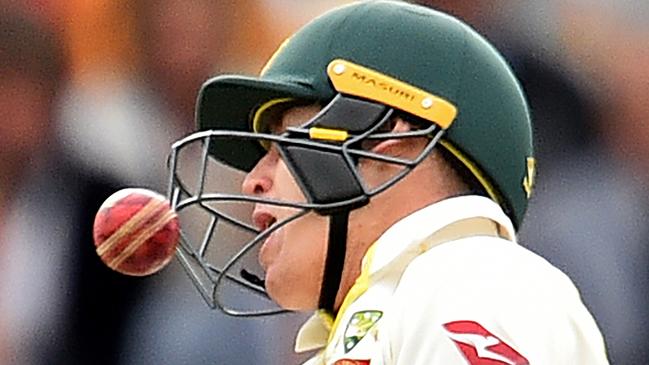Ashes 2019: In Archer, England has found a giddying weapon

It shouldn’t, perhaps, be so remarkable. After all, Cricket Australia’s 2018-19 Concussion and Head Trauma Policy binds the organisation’s medical officials to a ‘conservative approach’ to ‘nontrivial head or neck impacts’. The committee responsible for the policy included team doctor Richard Saw himself.
But the Ashes has justified some unpleasant expedients before, and at Headingley the trophy will be at stake: an Australian victory would secure their retention. Football club medical staffs have been signing off on some ‘miraculous’ concussion recoveries in recent times, and cricket sometimes seems rather too influenced by Australian rules. Not, fortunately, in this instance.
Some concern remains. Were it humanly possible for him to have played, Smith would surely have done so, from which can be inferred an injury on the pretty damn serious side of non-triviality. The two weeks that Smith has to recover before the Fourth Test should not be regarded as comfortably long; they might yet prove too short.
But concern is considerably diminished, and for that the team hierarchy deserves praise. Coach Justin Langer had no official say in the decision, but that is not the same as no influence, and he exercised the latter with commendable warmth.
Langer was on the receiving end of so much non-triviality in his career that he called his autobiography Keeping My Head. Good for him that, post-Phillip Hughes, he has recognised this as no fit subject for jest.
England’s faithful, meanwhile, will probably detect something karmically fair, having been deprived by injury of their most potent player.
The difference is, of course, that James Anderson’s absence led to the selection Jofra Archer; Smith’s brings forth, one assumes, Marnus Labuschagne, so plucky at Lord’s, but still with an average half that of Smith’s.
England’s Archer factor
Losing Anderson to gain Archer now looks like England’s Ashes felix culpa. The uninitiated are often puzzled that 8-15 km/h can matter so much. But this difference between Archer’s average speed and everybody else’s in the series — essentially, in fact, everybody else’s in world cricket — belongs in the non-trivial category too.
One sees it in the footage of Smith’s injury.
Smith’s fascinatingly heterodox technique is perfectly suited to standard bowling speeds of modern cricket. The front-on positions he assumes allow him remarkable access to the leg side, where there are, of course, almost invariably fewer fielders and more scoring opportunities. No international batsmen manoeuvres the ball and turns strike over more deftly.

Where it potentially causes problems is in taking evasive action. A front-on position limits safe options. Bowing to the bowler places you at risk of taking the ball on top of the head; limboing backwards could get you one under the chin. Shoulders facing down the pitch, Smith presented Archer with a bigger target than a batsman playing more conventionally side on. He attempted to slide out of the way, like someone lunging suddenly for the narrowing space of a closing door, but even he was not quick enough. It was noticeable that Labuschagne — simpler and more orthodox — ducked and weaved with fewer alarms.
Which is not to say that Smith won’t find a way: he is, as Steve Waugh avers, batting’s great problem solver, notable for ‘his ability to adapt to any plan that’s thrown at him’. Nor is to say that extra speed is not a problem, to some extent, for every batsman. But Smith’s challenges do not end with concussion.
What impressed about Archer at Lord’s was not merely his giddying velocity. It was his combination of sustained speed (sixteen consecutives deliveries faster than 144km/h and endurance (44 overs). England has other bowlers capable of exciting the radar, but Mark Wood and Olly Stone strain every sinew to do so, and when adrenalin abates there are consequences.
Not, it seems, for Archer. He draws on a mysterious elan vital. In common with Michael Holding, he appears to glide over the ground, so light is his tread; in common with Richard Hadlee, he seems almost to insinuate himself through the non-striker’s stumps, so tight does he get into them. He hits everything hard — bat, flesh and stumps alike. At Cardiff during the World Cup, Archer sent a ball flying over the boundary on the full. Imagine that force impacting on the back of a human neck, and your focus moves from thinking Smith unlucky not to be playing at Headingley to Smith being lucky to be alive. As he looks on at Leeds, maybe that will be a consolation for him.




Cricket gets enough wrong these days that what it gets right is worth celebrating. With the ruling out of Steve Smith two days out from the Third Test in Leeds, the game has shown a more mature and responsible attitude to concussion and player welfare than one feared and than some other sports one might mention.